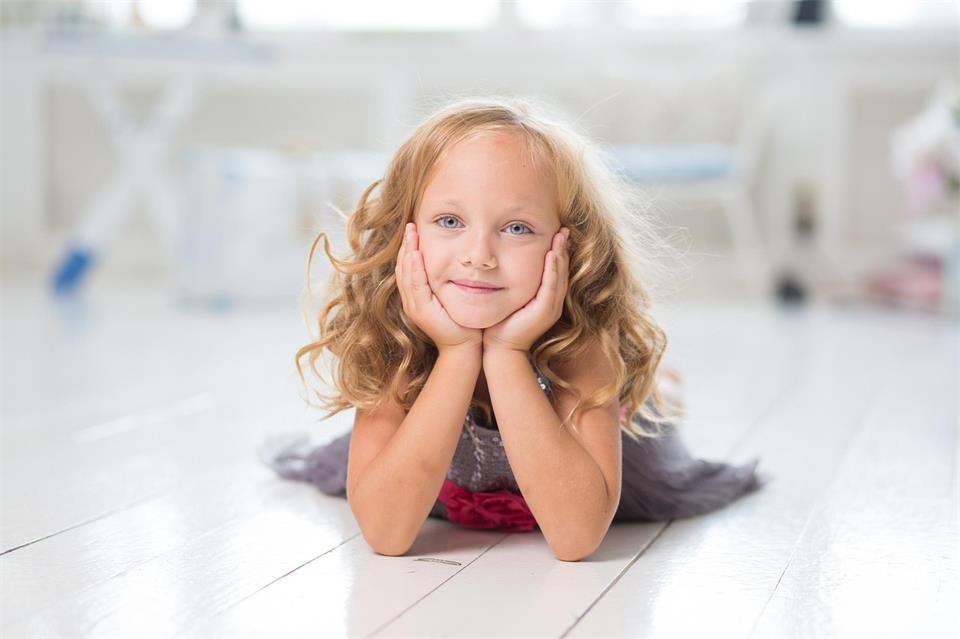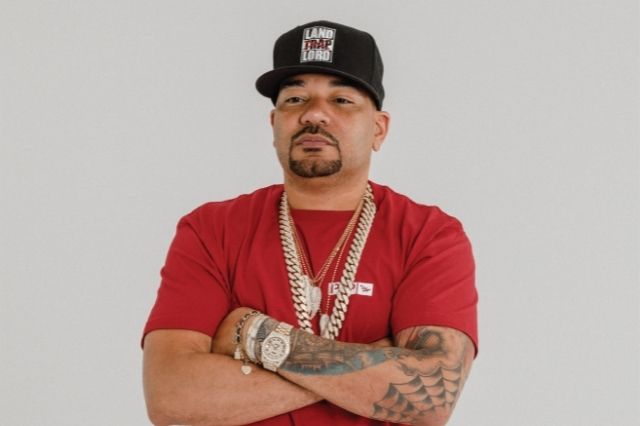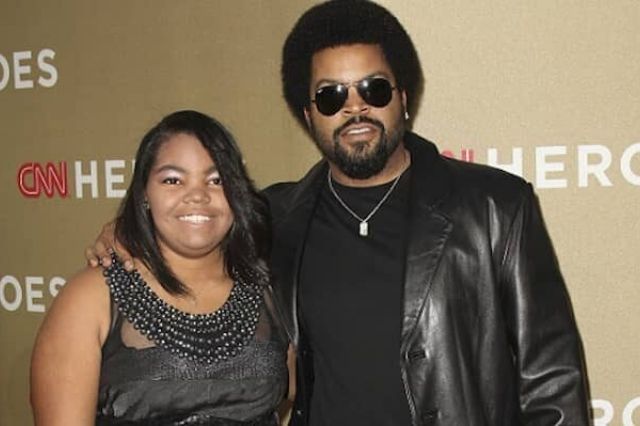Okay, so imagine this. One day, a new person moves into your house. They’re from another country, maybe speak a different language, and they’re going to be helping take care of you or your little brother or sister. At first, it might feel a bit weird. You don’t really know them, and they don’t really know you.
But fast forward a few weeks, and suddenly you’re watching cartoons together, telling jokes, and they even know your favorite snack. That’s what happens when someone becomes an au pair—and then turns into part of the family.
What Even Is an Au Pair?
An au pair is kind of like a big brother or sister who comes from another country to live with a family and help take care of the kids. They’re not exactly a babysitter or a nanny. It’s more like they’re joining the family team for a while.
They might help get kids ready for school, play games, read bedtime stories, and maybe even help clean up toys (yes, even the ones hidden under the couch).
Most of the time, au pairs stay with a family for about a year, and during that time, they live in the house and share meals and everyday moments. It’s not just a job for them—it’s a way to learn what life is like in a new country while helping out with the kids.
Families don’t just pick anyone off the internet, either. They usually go through trusted programs provided by organisations like www.goaupair.com to match with someone who’s had background checks, interviews, and training. That way, everyone feels more comfortable right from the start.
The First Week: Getting Used to Each Other
Let’s be real. The first few days are usually a bit awkward. It’s normal. The au pair is still figuring out where the cereal goes and how your microwave works, and the family is getting used to someone new being around. Maybe the little kids hide behind mom at first, or maybe they ask a million questions.
But here’s where it starts to change. Au pairs usually try really hard to connect. They learn what shows the kids like, what makes them laugh, and how they like their sandwiches. They start showing up at soccer games, helping with puzzles, and maybe even learning to pronounce the dog’s weird name right.
Before you know it, they’re not just a helper. They’re someone you high-five when you pass in the hallway.
How They Become Part of the Team
An au pair isn’t just there to do chores or babysit. They’re there to join the family’s rhythm. That means doing everyday things together—like eating breakfast, going to the park, or watching a movie on Friday night. And when you do those normal things with someone over and over again, they start to feel familiar. Safe. Fun.
Kids might start telling the au pair about their day, asking them for help with homework, or even going to them when they’re upset. That’s when you know something special is happening. The au pair isn’t just “the helper” anymore. They’re someone the kids trust. Someone they laugh with. Someone who’s part of the team.
And it goes both ways. Au pairs often grow really close to the families they live with. They celebrate birthdays together, decorate for the holidays, and maybe even cry a little when it’s time to leave.
Learning from Each Other
One of the coolest parts about having an au pair is that they’re from a different country. That means they might speak another language, eat different foods, or celebrate holidays you’ve never heard of. At first, that might seem unusual, but then it turns into something awesome.
They might teach you how to count in their language, show you how to make a dessert from their hometown, or tell you about what school is like where they’re from. And guess what? You teach them too. They learn what a peanut butter and jelly sandwich tastes like, what your favorite cartoon is, or how to survive a snowball fight.
So even though they’re helping out, they’re also learning. And that makes the time spent together way more meaningful than just “watching the kids.”
When the Year Ends (And It’s Really Hard to Say Goodbye)
Here’s the tough part. Most au pairs stay for one year. Some might stay longer, but eventually, they go home. When that day comes, it’s not just about someone moving out—it’s like saying goodbye to a family member.
Kids cry. Parents get emotional. Even the au pair might tear up a bit. And it makes sense. After all those shared moments, inside jokes, and sleepy goodnights, the au pair was family.
But the cool thing is, that bond doesn’t go away. A lot of families and au pairs stay in touch through video calls, messages, or even visits. Sometimes, they keep photos on the fridge or share memories on social media. That person who started out as a stranger is now someone you’ll never forget.
Why It’s Worth It
Having an au pair isn’t always perfect. Sometimes there are misunderstandings or adjustments. But when it works, it really works. Families get someone who brings energy, kindness, and care into the house. Kids get a new friend who helps them grow, laugh, and feel safe. And the au pair gets a second home, even if it’s far away from where they were born.
It’s not just about childcare. It’s about connection. About people from different parts of the world coming together, learning from each other, and building something real.






